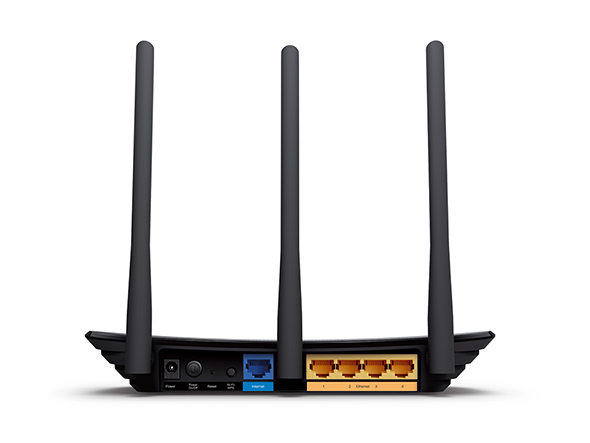Internet routers are among the most ubiquitous devices home and business
users depend on every day to carry out communications, banking,
shopping and commercial transactions. IBM Security researcher Grzegorz
Wypych (aka h0rac) took a closer look at one of the most widespread
internet routers in use by consumers nowadays, the TP-Link WR-940, and
found that a zero-day buffer overflow vulnerability in the router could
allow malicious third parties to take control of the device from a
remote location.
Read the article over at Security Intelligence: Buffer Overflow Vulnerability in TP-Link Routers Can Allow Remote Attackers to Take Control


Comments
Post a Comment